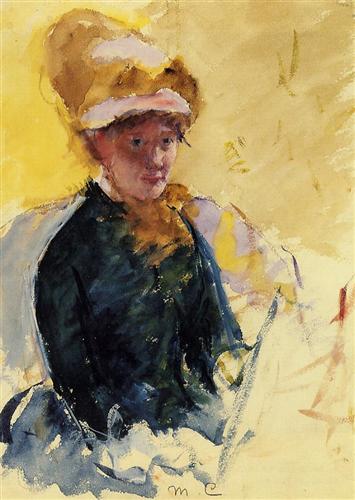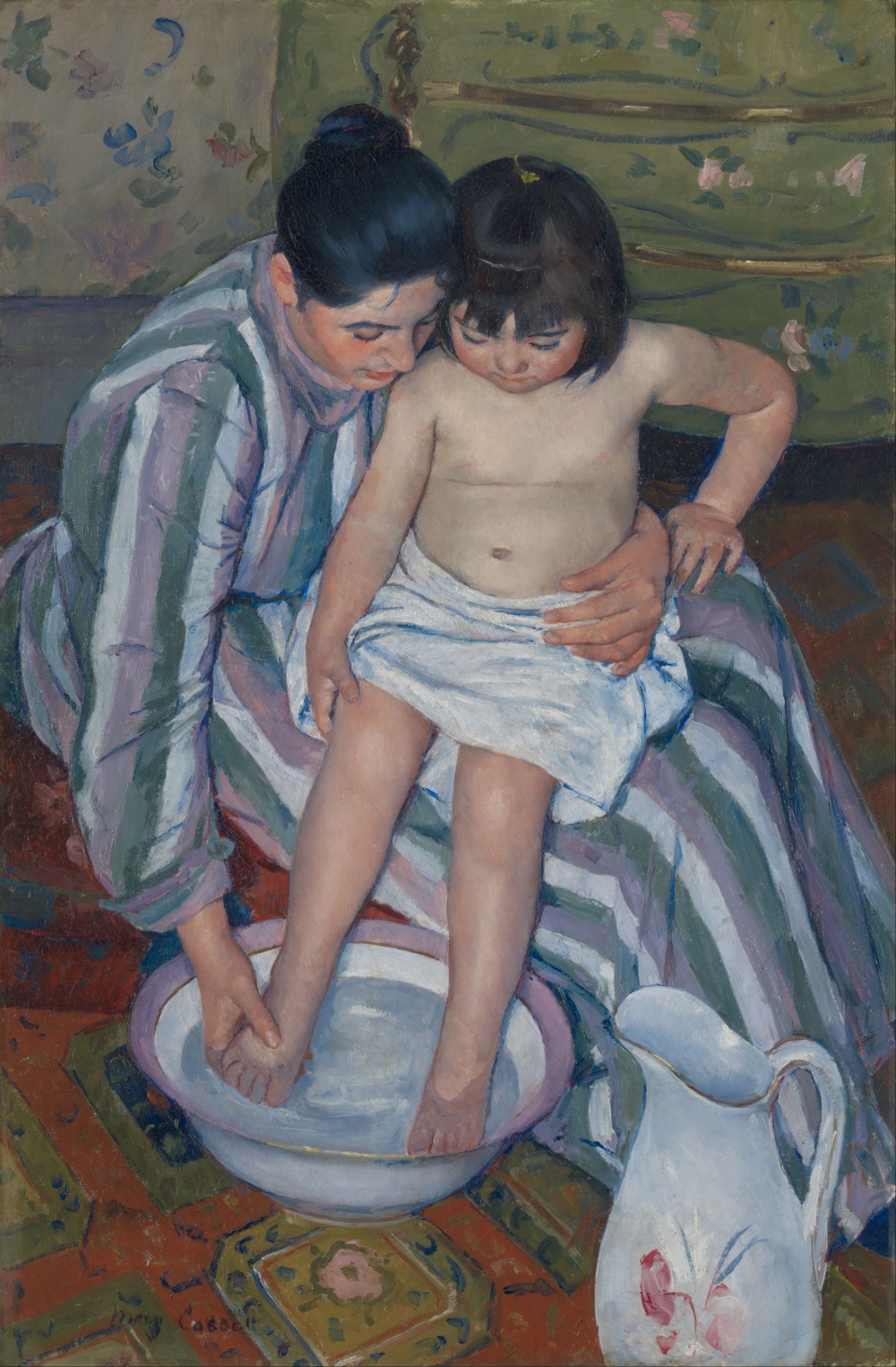
Synopsis
American-born Mary Cassatt traveled to France for her artistic training and remained there for most of her life and career. There she was recognized by contemporaries like Edgar Degas for her talent, and she became the only American artist to exhibit with the Impressionists in Paris. Her signature subjects were portraits of women and portrayals of mothers and children caught in everyday moments. In both her style and her insightful evocations of women’s inner lives, she was a distinctly modern artist of the late nineteenth century.
Key Ideas
Cassatt’s work combined the light color palette and loose brushwork of Impressionism with compositions influenced by Japanese art as well as by European Old Masters, and she worked in a variety of media throughout her career. This versatility helped to establish her professional success at a time when very few women were regarded as serious artists.
Cassatt’s art typically depicted domestic settings, the world to which she herself (as a respectable woman) was restricted, rather than the more public spaces that her male contemporaries were free to inhabit. Her material was occasionally dismissed as quintessentially “feminine,” yet most critics realized that she brought considerable technical skill and psychological insight to her subject matter.
Through her business acumen and her friendships and professional relationships with artists, dealers, and collectors on both sides of the Atlantic, Cassatt became a key figure in the turn-of-the-century art world and helped to establish the taste for Impressionist art in her native United States.
Most Important Art
The Child’s Bath (1893)

In this intimately observed vignette of a woman bathing her young daughter, Cassatt again combines certain stylistic influences of Japanese art with the subject matter of her own milieu. The variety of patterns in this composition, including several floral designs and the bold stripes of the woman’s dress, is united by a restrained palette of grays and mauves; the soft coloration allows the viewer to concentrate on the subject of the scene, the close relationship between mother and child. Their intimacy is demonstrated by their closely positioned faces and by the circle of touch that extends from the woman’s hand on the child’s foot to the child’s hand on the woman’s knee. In their shared absorption in their task, they are as closely related as the pitcher and bowl that they are using for this domestic ritual. In works such as this one, Cassatt evoked the traditional artistic subject matter of the Madonna and Child, making her imagery secular rather than religious.
Oil on canvas – Art Institute of Chicago